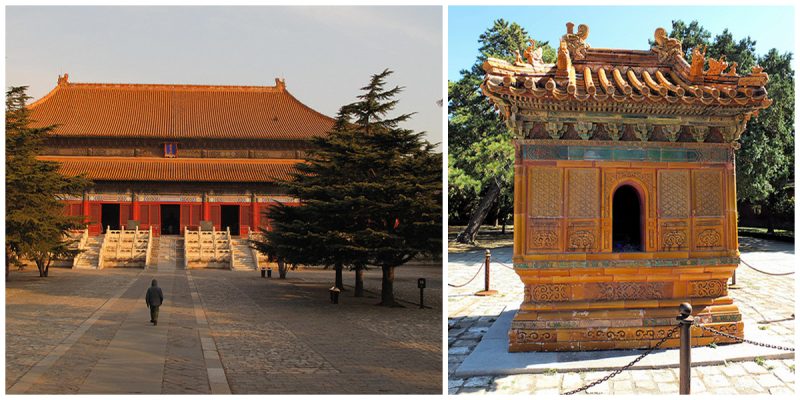The Ming Tombs are a collection of mausoleums built by the thirteen emperors of the Ming dynasty. They are located 50 kilometers northwest of Beijing City, at the foot of Tianshou Mountain in China.
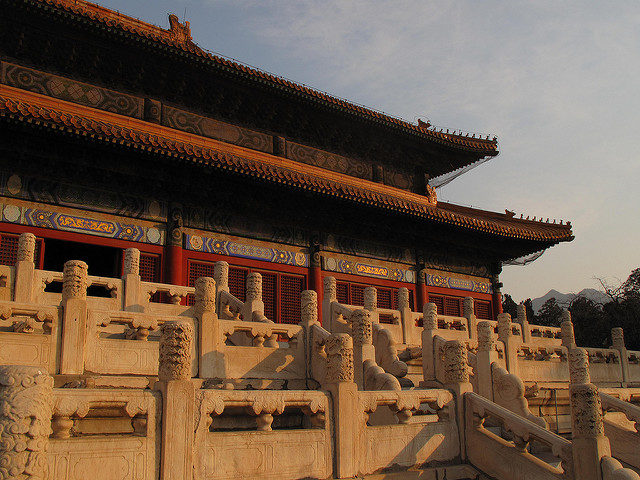
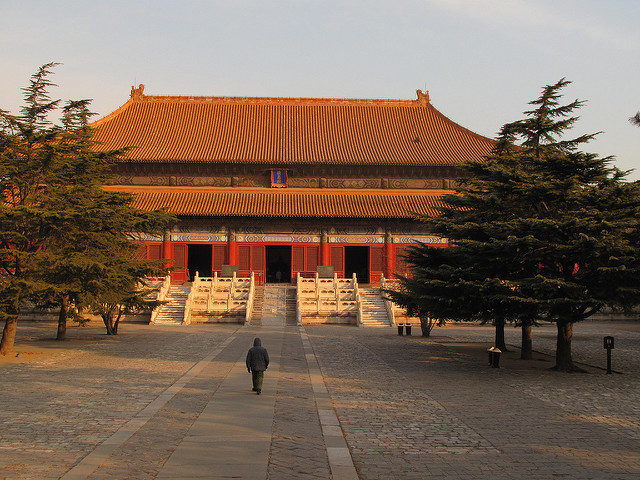
The third emperor of the dynasty started the construction of the first tomb in 1409 AD. and subsequent tombs were built on each side of the first one. All the tombs share an avenue located in the middle of the whole area.
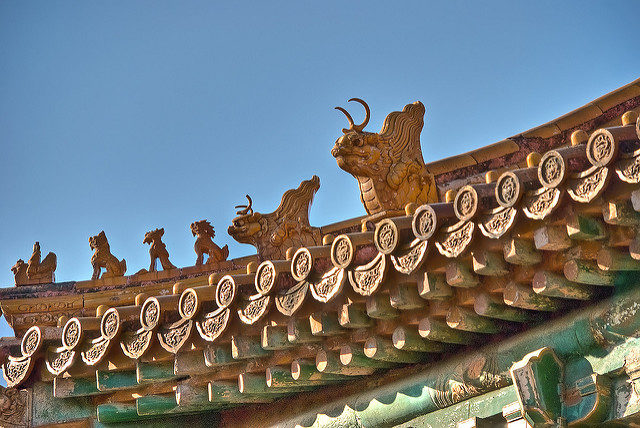
The avenue is known as the Sacred Way or The Spirit Way and starts with a 7 kilometer-long stone memorial archway. Constructed in 1540, this archway is one of the biggest stone archways in China today. According to Chinese history, the name Sacred Way means a walk to heaven. The walkway starts at the stone memorial archway and ends at the gate of the Changling Mausoleum.
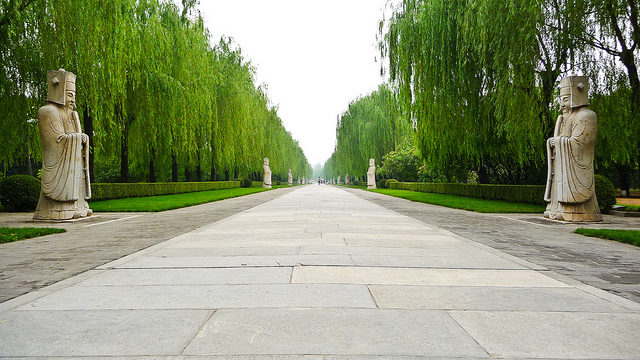
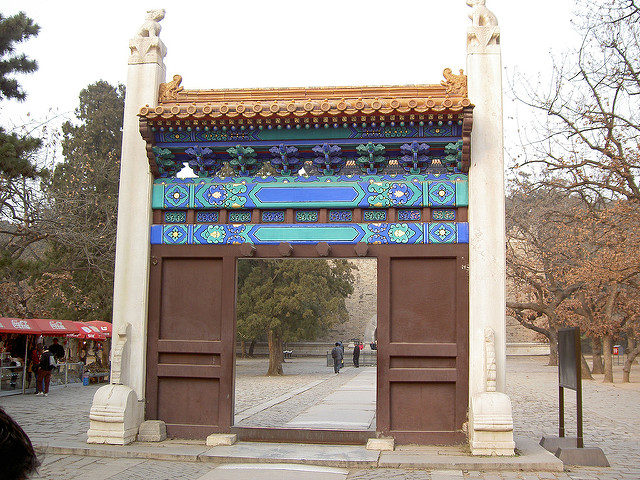
The Spirit Way leads into the complex, lined with statues of guardian animals and officials. Both sides of the avenue are lined by 38 huge statues including elephants, camels, lions and 12 humans who represent the emperors, showing that the emperors are still supreme even after death.
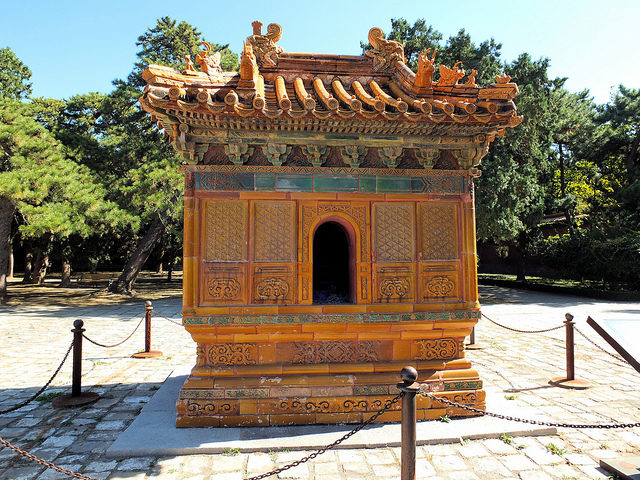
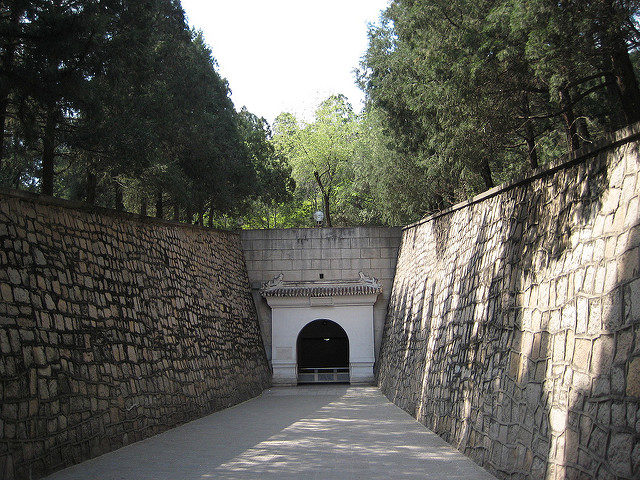
In a carefully selected site, according to the Chinese feng-shui principles, the tombs are surrounded by mountains on three sides and a river flows near them. According to these principles, bad spirits and evil winds from the North must be deflected.
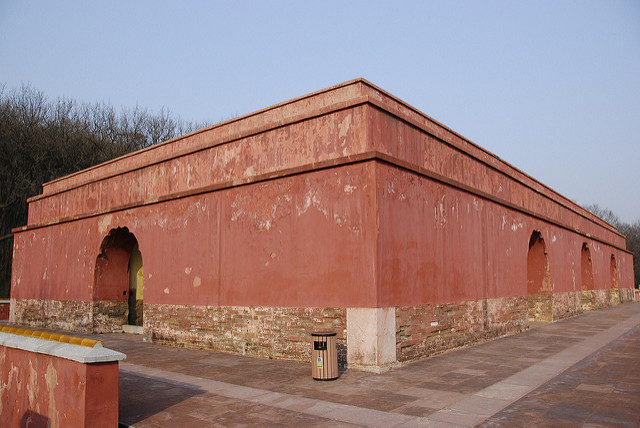
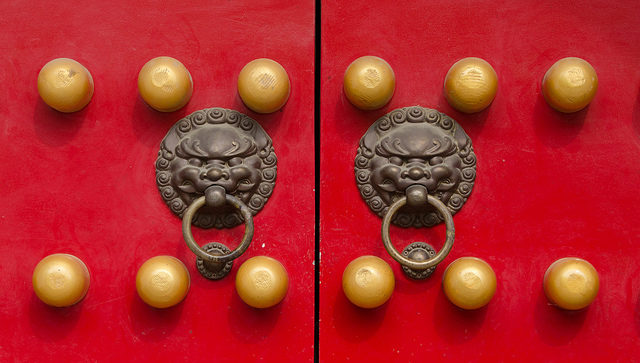
The area chosen as the auspicious site of the imperial burial grounds was also in an excellent position from a military perspective, as the mountains provided a natural defense for the area.
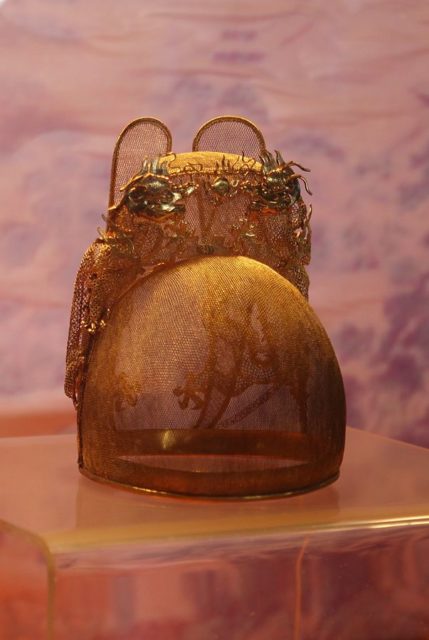
The emperor’s mausoleums are similar in their architectural style and overall arrangement, only differing in size and complexity of their structures. The Changling (Chang Tomb) is the grandest, Yongling (Yong Tomb) is the most delicate and Siling (Si Tomb) is the smallest.
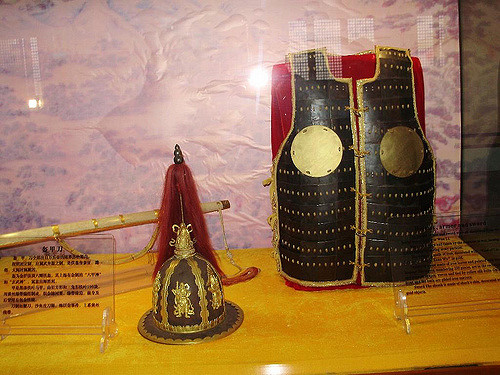
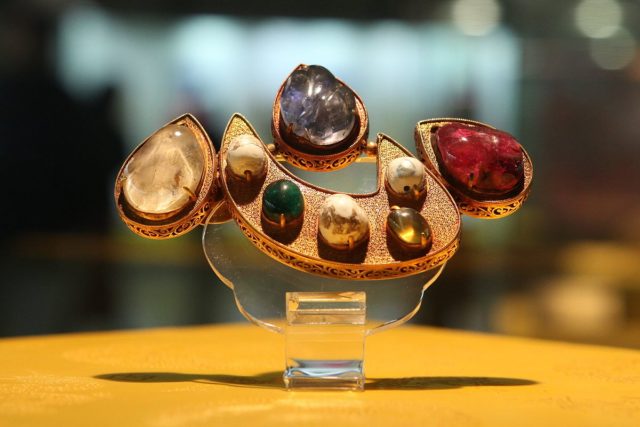
At present, only three tombs are open to the public (Changling Tomb, Zhaoling Tomb, and The Sacred Way). There have been no excavations since 1989, but plans for new archeological research and further opening of tombs have circulated. The tombs are outstanding representatives of the ancient Chinese culture, and they were listed in the World Heritage List in 2003, along with other tombs under the “Imperial Tombs of the Ming and Qing Dynasties” designation.
